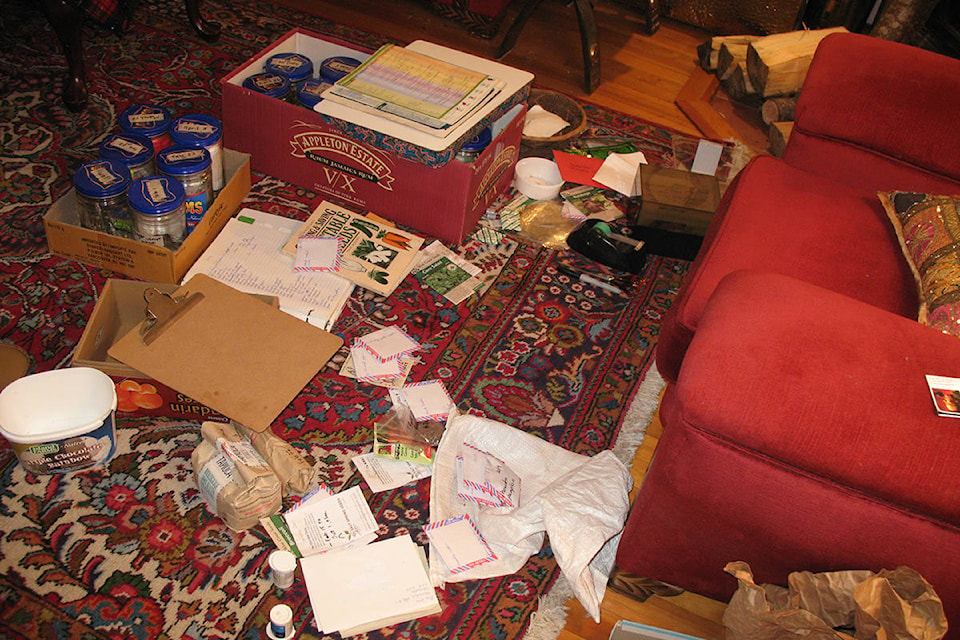By Mary Lowther
There are a few very long months where the trees get naked, the days get short and the ground freezes. What does the gardener do when she peers out her window at the swirling windswept tundra and wonders when she can dig again? She can light a fire so the house is warmer and replace the absent sunlight with vitamin D supplements, but surely there must be a better way to pass the time than old Law and Order reruns and the endless stream of Christmas movies on the Hallmark Channel?
Thankfully, there is garden planning. This is the season of preparing for next year, wishing you had grown more crops this year, planning how to squeeze more veggies into the plot come spring and feeling smug about all the vegetable seeds you have saved. After all, knowing how to successfully gather and save viable food seeds puts survival into your own hands; you are no longer at the mercy of marketplace vagaries. Herein lies an advantage of growing organic produce: seeds of these plants have not been sprayed with herbicides and, if well grown, will continue to reproduce their parent plants.
We have learned from previous gardeners how to store seeds so they will last as long as possible. Most vegetable seeds do best in a cold, dark and dry place where they can hibernate undisturbed. When I only saved a few peas and beans, a small container in the fridge sufficed, but as I expanded my repertoire the seeds outgrew the fridge and now I have filled 16 quart jars with extras in bags.
I put enough seeds for the next year into a small envelope that I label with the date harvested, the variety and kind of vegetable, the sowing dates, and the last year the seeds should remain viable. The rest of the seeds I keep in labeled bags or envelopes in a box and everything fits into my lovely cold pantry that David built. The date for the last year the seeds remain viable has been cleverly already figured out by previous gardeners who kept track for all the rest of us less organized folks who don’t have to re-invent the wheel. It’s a best before date, meaning that while the seeds still might produce in succeeding years, they will have deteriorated so substantially in storage that we’re better off using fresher seed. That’s why I always check the dates on seed packets I buy.
It took a few years, but we finally ate enough one-pound jars of peanut butter to hold all the seeds I need for each year. I put a packet of desiccant into each jar and label sowing dates on each jar, starting on February first and continuing every three weeks until the end of sowing times. I put the envelopes of seeds into the jars labeled with the first sowing dates on the seed packets.
Once I open the first jar and sow what’s in there, I look at the packet to see when the next date to re-sow is and put the packet into the jar with that date on the label. David says I’m obsessive compulsive but I prefer to think I am efficient. Life is so much easier when we’re organized so I write a list of all my seeds and their varieties. That way I can see what seeds I need to buy and don’t end up with duplicates like I used to when I wasn’t so obsessive compulsive, anally retentive, just plain disorganized or whatever you call it when you cannot find your buttocks with both hands.
David can call it what he likes. If he had paid more attention in Boy Scouts he would know he needs to be prepared. A little planning would give him more spare time to find his car keys.
Please contact mary_lowther@yahoo.ca with questions and suggestions since I need all the help I can get.
